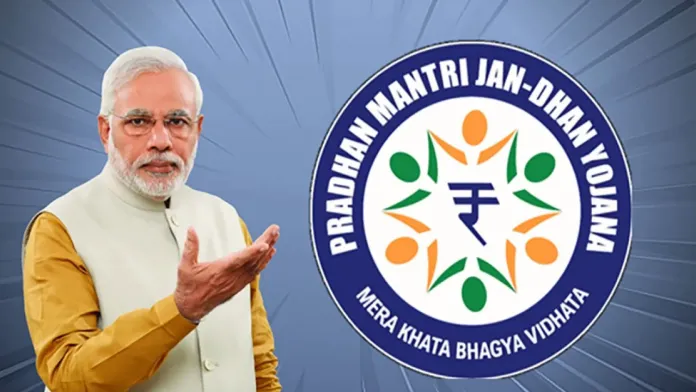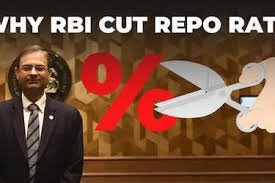Microfinance Landscape Shift: Standalone MFIs Take Lead with 40% Microlending Share
Microfinance institutions (MFIs) have been a driving force in financial inclusion across India, providing much-needed support to the underserved and marginalized communities. In recent times, the microfinance landscape has witnessed a significant shift, with standalone MFIs emerging as leaders in the sector, now commanding a substantial 40% share of the microlending market.

Why this News is Important
The Rise of Standalone MFIs
Historically, microfinance in India has been dominated by Self-Help Groups (SHGs) and Non-Governmental Organizations (NGOs). However, the rise of standalone MFIs marks a pivotal moment in the sector’s evolution. This shift is of paramount importance as it reflects a changing dynamic in how microcredit services are delivered and accessed.
Expanding Financial Inclusion
The surge in standalone MFIs’ popularity signifies a broader trend toward improved financial inclusion. These institutions are often more streamlined and efficient in disbursing loans, making financial services accessible to a wider range of individuals, including those in remote areas.
Historical Context
The microfinance sector in India has a rich history, dating back several decades. It initially relied heavily on SHGs and NGOs to provide financial services to the poor. However, the sector has evolved significantly over time, with the emergence of formal microfinance institutions. The regulatory environment has also seen changes, with the Reserve Bank of India (RBI) playing a pivotal role in shaping the industry’s norms and standards.
Key Takeaways from “Microfinance Landscape Shift”
| Serial Number | Key Takeaway |
|---|---|
| 1 | Standalone MFIs now hold a significant 40% share of the microlending market in India. |
| 2 | The shift towards standalone MFIs signifies increased competition and innovation in the microfinance sector. |
| 3 | This change has positive implications for financial inclusion, especially in remote and underserved areas. |
| 4 | Policymakers and regulators must ensure ethical lending practices as standalone MFIs gain prominence. |
| 5 | Understanding the evolving microfinance landscape is essential for students preparing for government exams in banking, finance, and civil services. |
Important FAQs for Students from this News
Q1: What is the significance of standalone MFIs in the microfinance sector?
A1: Standalone MFIs play a significant role in expanding financial inclusion and competition in the microfinance sector.
Q2: How does this shift impact borrowers in remote areas?
A2: This shift makes financial services more accessible to individuals in remote and underserved areas.
Q3: What challenges does the rise of standalone MFIs pose?
A3: Policymakers and regulators need to ensure ethical lending practices and borrower protection.
Q4: Why is understanding the microfinance landscape important for government exams?
A4: Government exams often include questions related to microfinance, financial inclusion, and regulatory aspects.
Q5: Who regulates the microfinance sector in India?
A5: The Reserve Bank of India (RBI) plays a pivotal role in regulating the microfinance industry.
Some Important Current Affairs Links
















